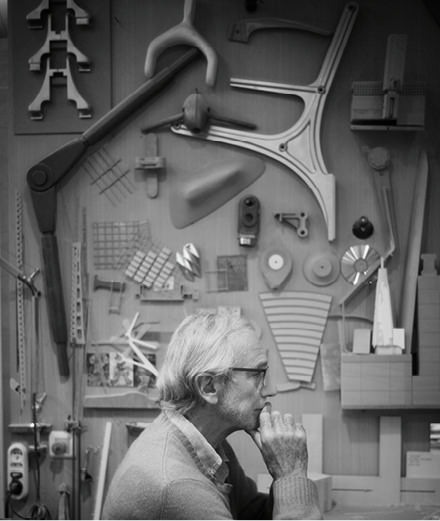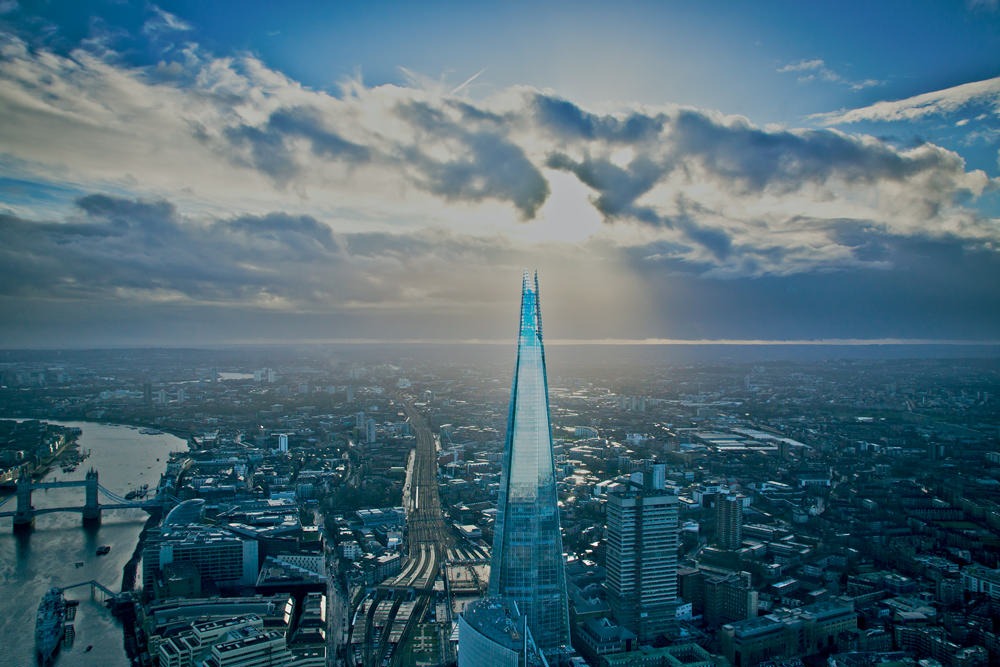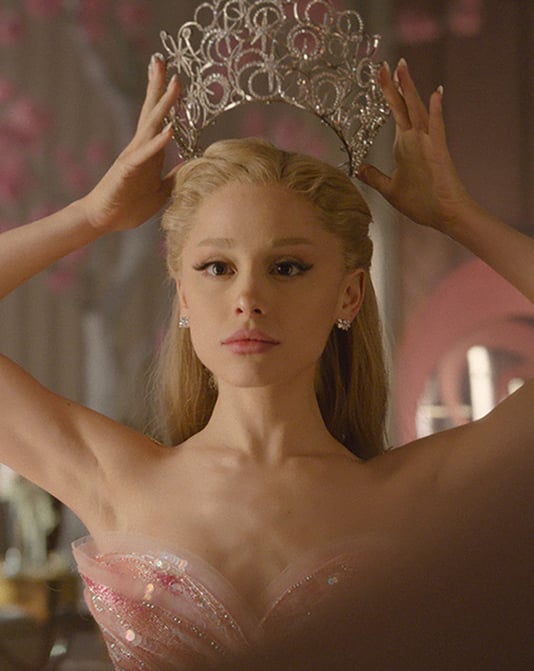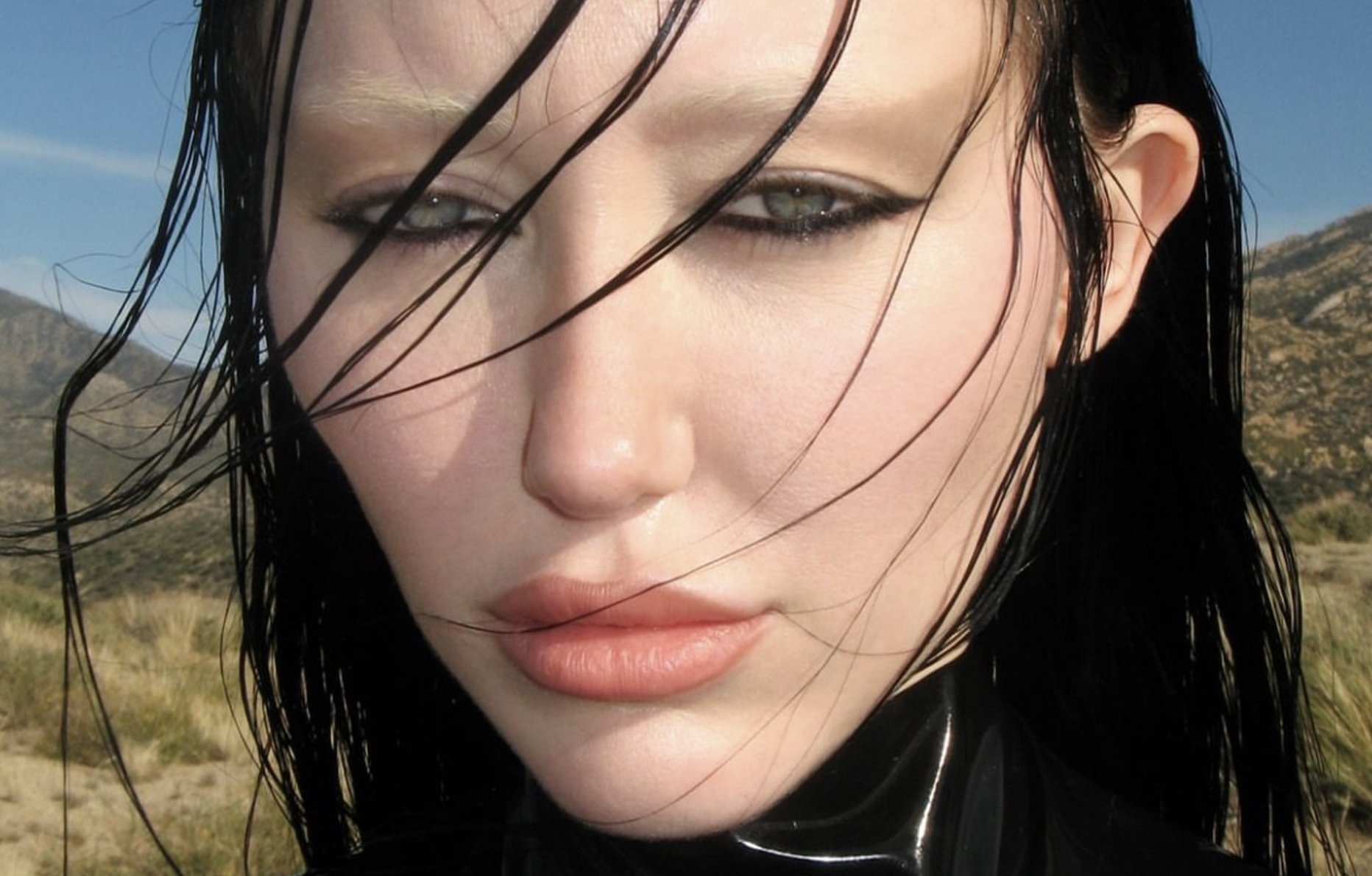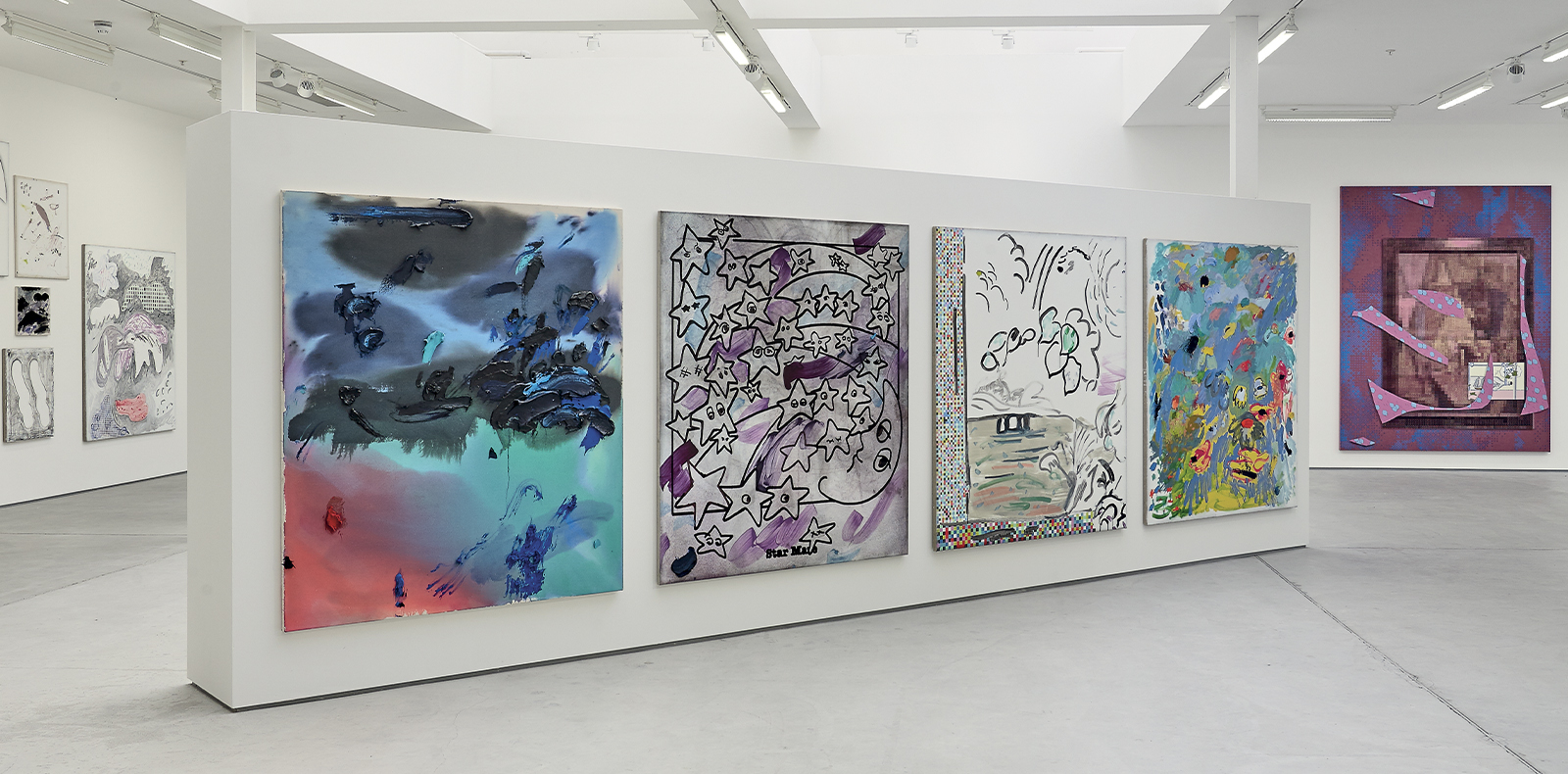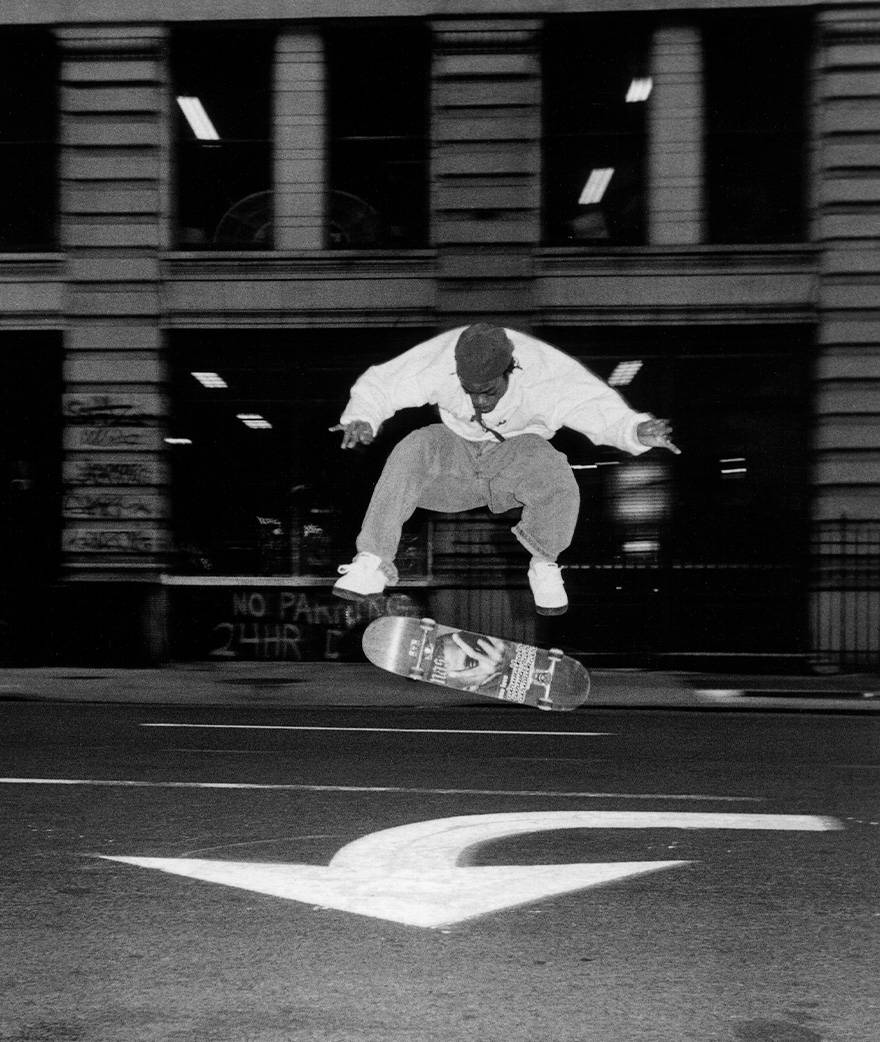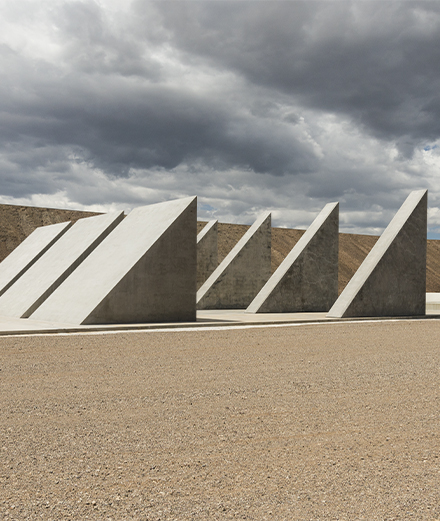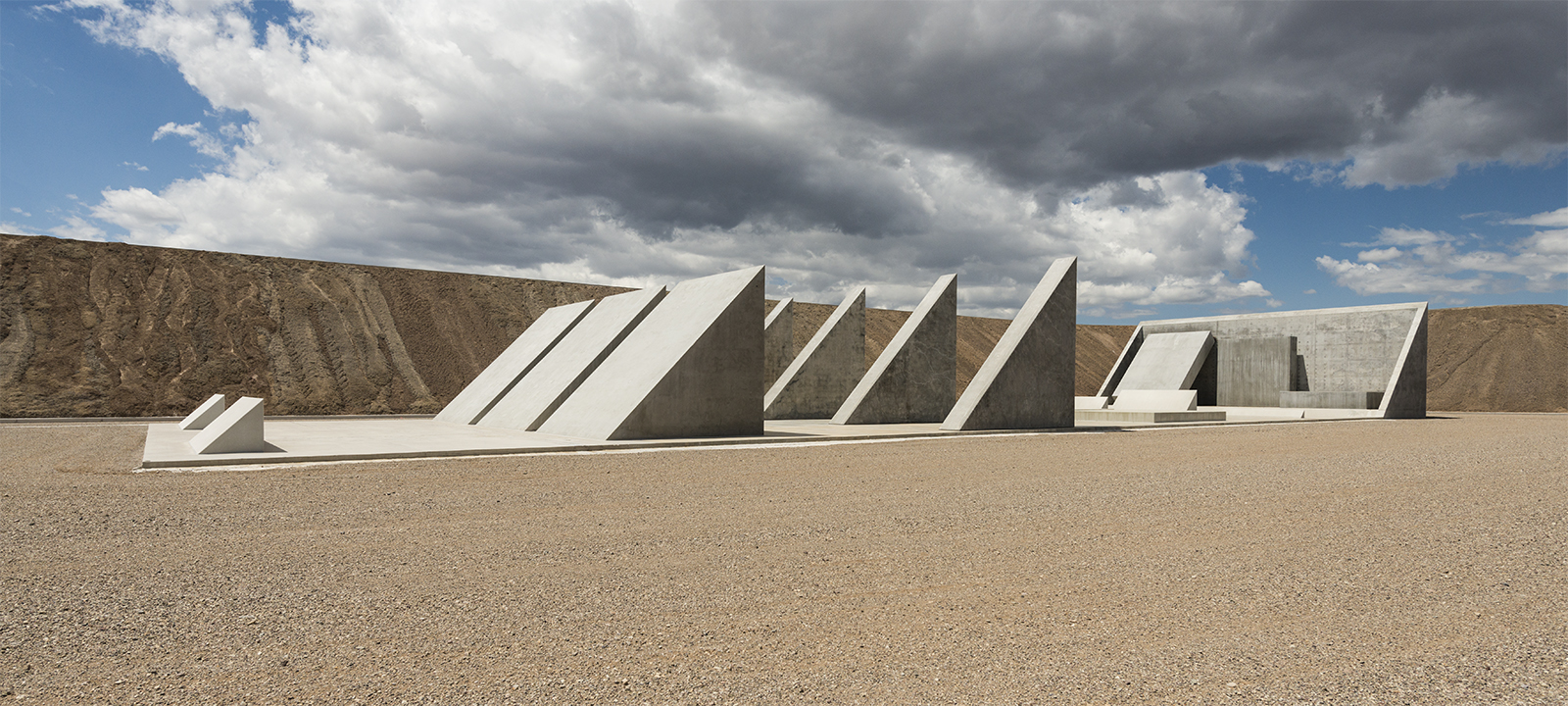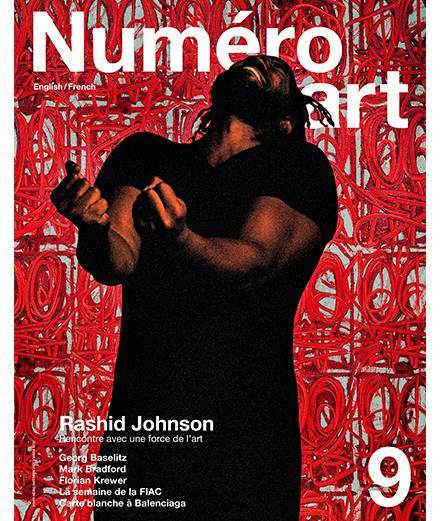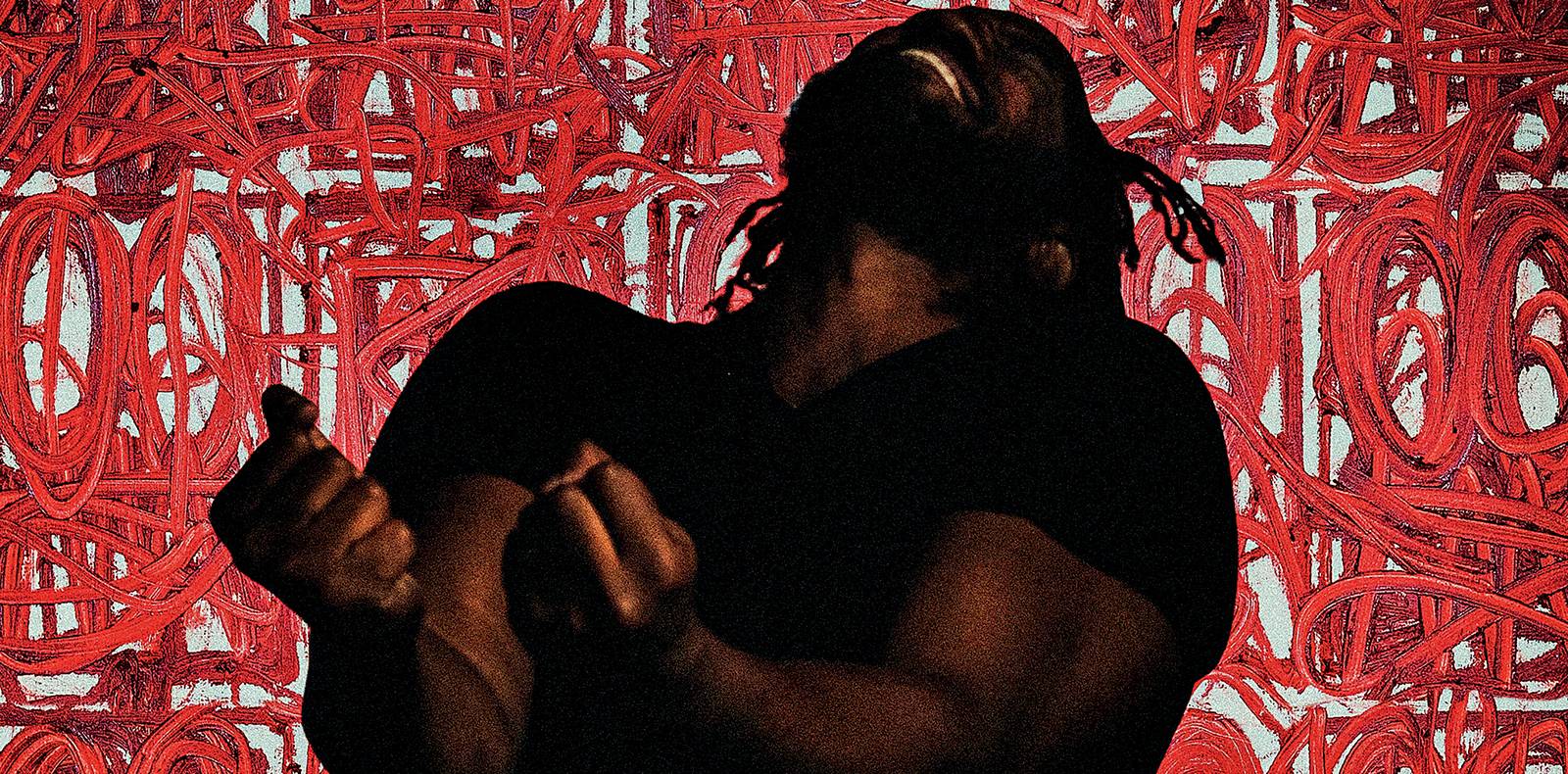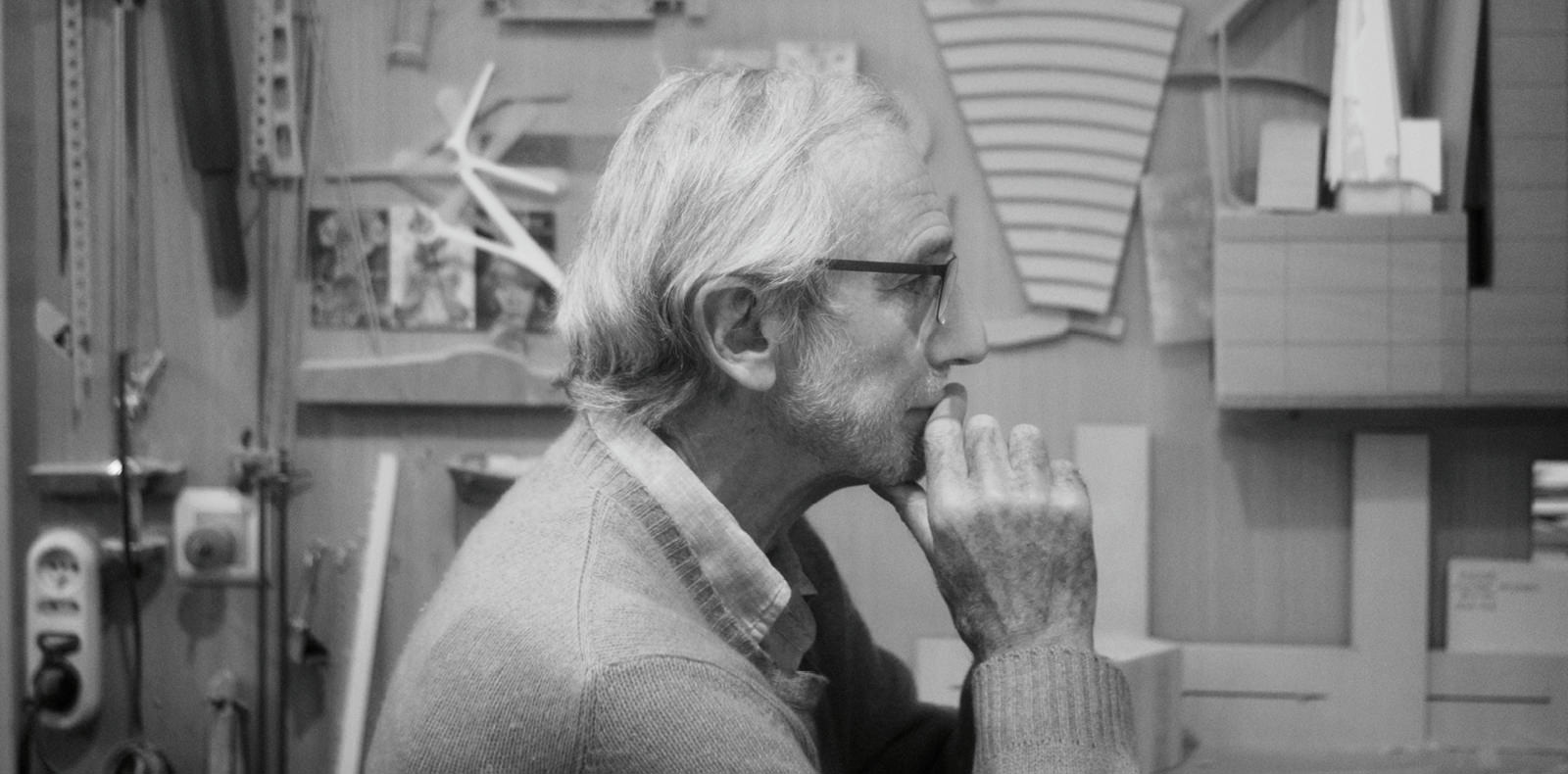
22
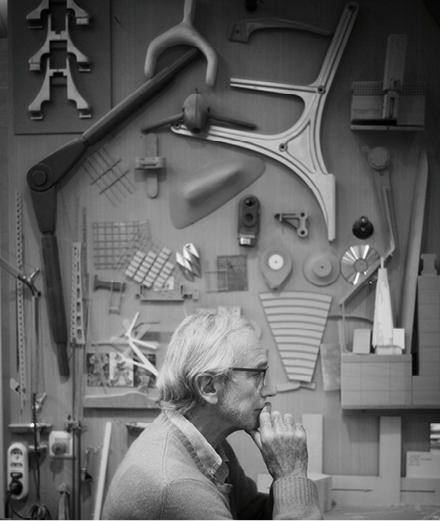
22
BEST OF 2015: Interview of Renzo Piano, the Grand Architect
Paris’s Cité de l’architecture et du patrimoine has inaugurated on November a major retrospective of Renzo Piano’s work. On this occasion Numéro spoke to him about the fundaments of his approach.
par Thibaut Wychowanok.
Numéro: Your exhibition at the Cité de l’Architecture is called La méthode Piano. Can you describe your method?
Renzo Piano: Everyone finds their professional path in a different way. For me it was through my family – my father, uncles and grandfather were all builders. So much so that, when I got interested in architecture, I thought it was simply a question of building. But I know a lot of other people
came to architecture from an artistic approach, where the building is considered as a sculpture. In the end, the initial impetus doesn’t matter much, the important thing is to understand that architecture goes well beyond all that. Those who think it’s just about the beauty of space need to learn that it’s also about people, society, humanism and the art of building. Conversely, as a constructor, I had to learn that you can’t do without poetry and beauty. If you want to talk about my way of working – I never use the word “method” because I work organically – then I would say that I go quite naturally from one approach to another. At 9.00 am I’m something of a poet; at 10.00 more a builder; and at 11.00 rather a humanist, before becoming a poet again. There are other professions like that − film makers for example. I thought of them because I’m working on plans for a movie museum in Los Angeles, which means that I met quite a few of them. Like us, they work in fragments, scene by scene, piece by piece. They share with us this art of assemblage. In fact it’s a bit like you’re creating a mosaic, spending half your time up close and the other half at a distance, in order to have an overview of the whole thing − to check that the hand isn’t too big or the nose too small. Jean Prouvé, who I was lucky enough to know, told me that you don’t run a project, as people often think, by going from the general to the detailed. In truth, you go from the general to the detailed and then back from the detailed to the general in one and the same movement.
Your interest in light, lightness and materials is a constant in your work. Does this add up to a style?
I would call it a coherence. An integrity. It’s true that among the axes of my work there’s light. It’s always present. Right at the beginning of my career, I carried out experiments with my father and my brother. Among the things I’ve always been curious about, lightness does indeed have an important place. Why lightness? Because it interests me more than heaviness. Lightness is the art of taking away. It goes together with transparency… and with light, once again. I think it must have something to do with the fact that I was born in Genoa, on the Mediterranean. This imaginary childhood is a sort of quarry I dig into without realizing it.
How do you find the right balance between responsibility and disobedience?
You have to be a good listener. And for that, you need to understand that the people who have the most interesting things to say are often those who keep quiet. Don’t listen to those who shout, listen to the minorities who don’t express themselves. Ten years ago, when we began the enlargement project at the Columbia campus in Harlem, I spent a lot of time there. I spoke to the Hispanic and Afro-American communities who make up the majority of the local population. I listened to those who were the most discreet. And I understood that it was important for the building to float, that it should be lifted up so that the ground floor would remain an open, public space. This was a response to a strong desire on the part of the local population – their desire to live together and a share a common space.
Renzo Piano Building Workshop – La méthode Piano,
11 November 2015 to 29 February 2016 at the Cité de l’Architecture et du Patrimoine, Paris.






